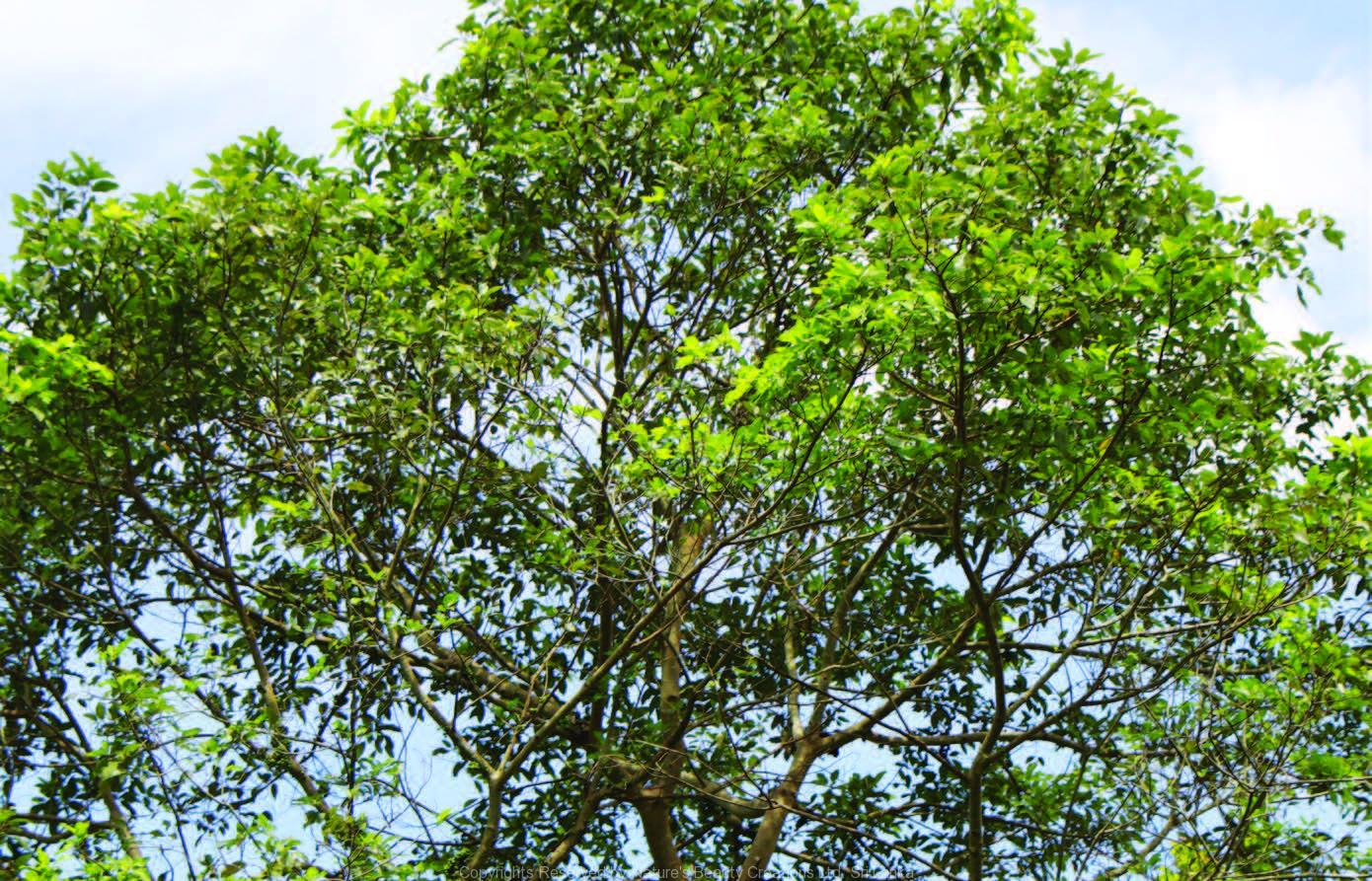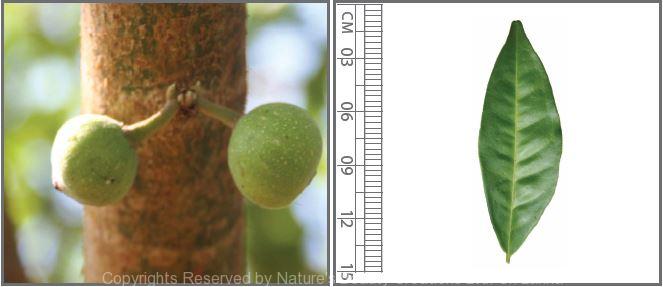

Traditional Knowledge
Useful plant parts :
Unripe fruit, root, leaf and bark
Uses in traditional medicine :
- Sap from mature roots is taken early morning before meals to treat diabetes
- Unripe fruit juice is taken for urinary disorders
- Leaves are used for bilious ailments
- Roots are used for dysentery, haemorrhoids and gonorrhoea
- Milky juice is used for piles and diarrhoea
Scientific Research
Chemical constituents:
Tetrahydropyran glucoside: racemosic acid from plant; β-sitosterol, terpene: lupeol and flavonoid: quercetin from aerial parts
Bioactivity :
Methanol extract of stem bark: hypoglycaemic, antitussive, antipyretic; racemosic acid: anti-inflammatory, antioxidative; ethanol and aqueous extracts of roots: antimicrobial, wound healing; petroleum ether extract of leaves: hepatoprotective; methanol extract of aerial parts: anticarcinogenic, chemopreventive; bark extracts: anthelmintic, induces platelet aggregation, anticholinesterase, antidiabetic, hypolipidaemic, cardioprotective; decoction of bark: antidiuretic
Clinical:
References : Ahmed, F. et al., (2012), Platelet aggregation inducing activity of Ficus racemosa stem bark extracts, J Pharmacol Pharmacother, 3(4), 329-30. Ahmed, F. and Urooj, A., (2010), Anticholinesterase activities of cold and hot aqueous extracts of F. racemosa stem bark, Pharmacogn Mag, 6(22), 142-4. Ahmed, F. and Urooj, A., (2012), Cardioprotective activity of standard- ized extract of Ficus racemosa stem bark against doxorubicin-induced toxicity, Pharm Biol, 50(4), 468-73. Chandrashekha, C. H. et al., (2008), Anthelmintic activity of the crude extracts of Ficus racemosa, International Journal of Green Pharmacology, 2(2), 100-103. Khan, N. and Sultana, S., (2005), Chemomodulatory effect of Ficus racemosa extract against chemically induced renal carcinogenesis and oxidative damage response in Wistar rats, Life Sciences, 77(11), 1194-1210. Khan, N. and Sultana, S. (2005), Modulatory Effect of Ficus racemosa: Diminution of Potassium Bromate-Induced Renal Oxidative Injury and Cell Proliferation Response, Basic & Clinical Pharmacology & Toxicol- ogy, 97(5), 282-288. Li, R. W. et al., (2004), A new anti-inflammatory glucoside from Ficus racemosa L, Planta Medica, 70(5), 421-426. Mandal, S. C. et al., (1999), Hepatoprotective Activity of Ficus racemosa Leaf Extract on Liver Damage Caused by Carbon Tetrachloride in Rats, Phytotherapy Research, 13, 430-432. Murti, K. et al., (2011), Antimicrobial activity and reversal of dexametha- sone depressed healing by roots of Ficus racemosa L., Asian Journal of Traditional Medicines, 6(5), 224-230. Paarakh, P. M., (2009), Ficus racemosa Linn.- An overview, Natural product radiance, 8(1), 84-90. Rao, R. B. et al., (2002), Glucose Lowering Efficacy of Ficus racemosa Bark Extract in Normal and Alloxan Diabetic Rats, Phytotherapy Research, 16, 590-592. Rao, R. B. et al., (2003), Antitussive potential of methanol extract of stem bark of Ficus racemosa Linn., Phytotherapy Research, 17(9), 1117-1118. Ratnasooriya, W. D. et al., (2003), Antidiuretic activity of aqueous bark extract of Sri Lankan Ficus racemosa in rats, Acta Biologica Hungarica, 54(3-4), 357-364. Sophia, D. and Manoharan, S. (2007), Hypolipidemic activities of Ficus racemosa Linn. bark in alloxan induced diabetic rats, Afr J Tradit Complement Altern Med, 4(3), 279-88.
Copyrights Reserved By
Natures Beauty Creations



